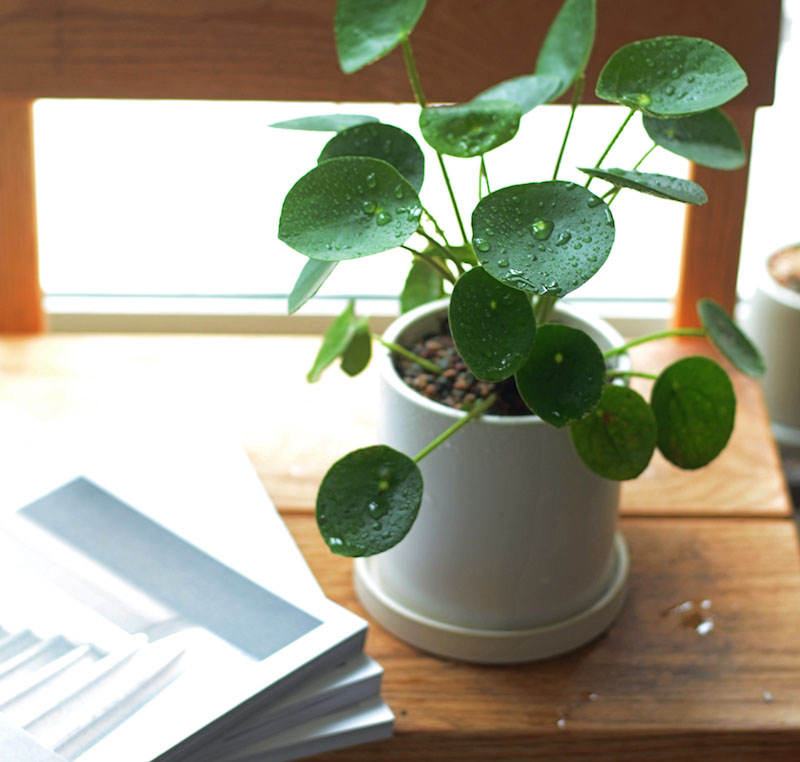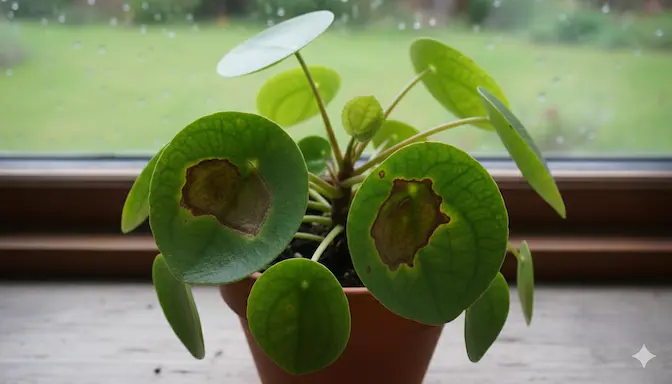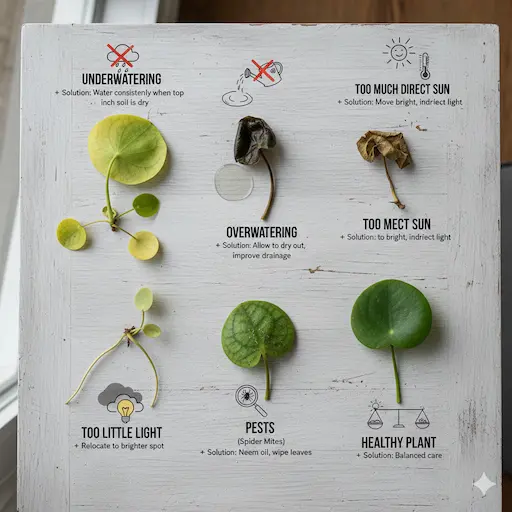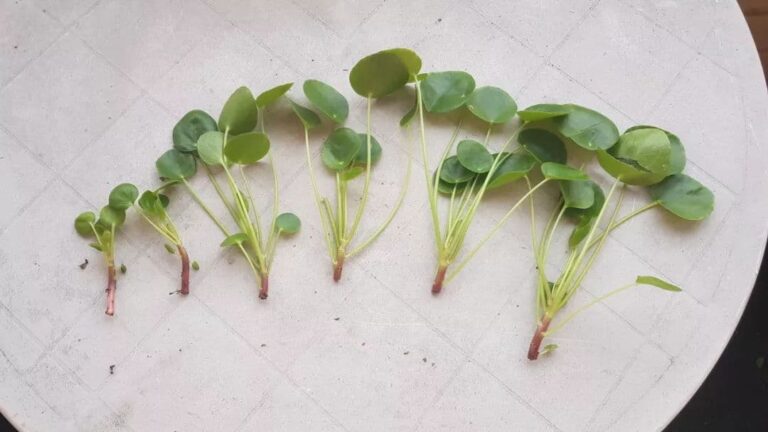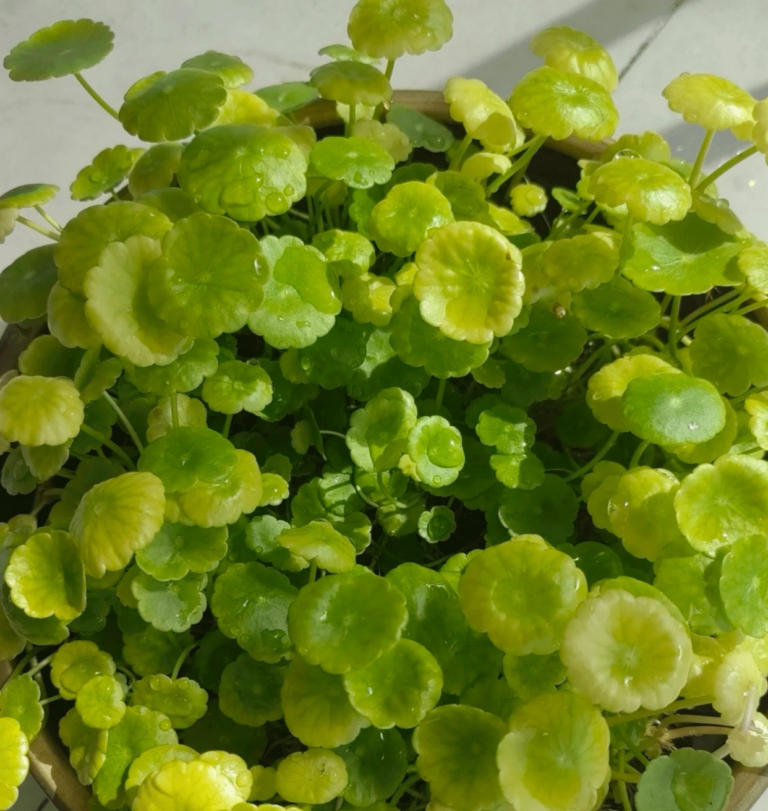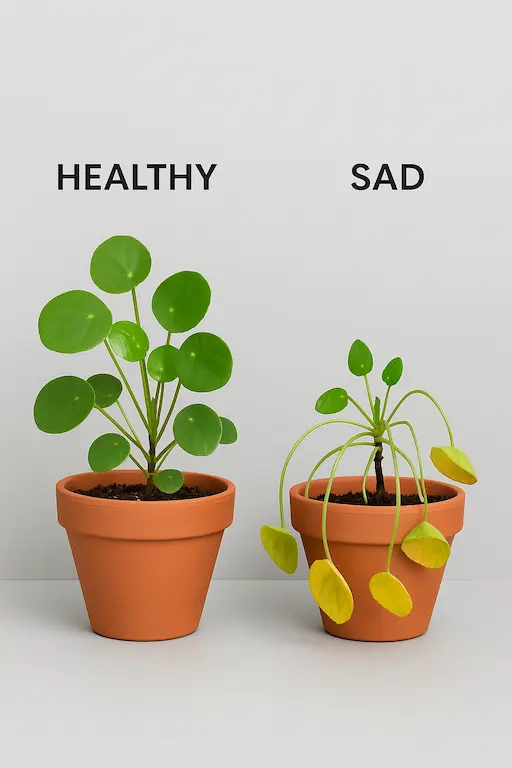Best Place to Put Chinese Money Plant for Growth & Good Fortune
The Chinese Money Plant (Pilea peperomioides) has taken the houseplant world by storm, but its true potential is unlocked only when placed correctly. While many guides offer basic placement advice, most fail to address why certain spots work better than others. This comprehensive guide combines horticultural science with practical Feng Shui principles to help you avoid common placement mistakes that stunt growth and diminish the plant’s prosperity-attracting properties.
The Science Behind Perfect Placement: Light, Humidity, and Energy Flow
Before choosing a location, understand that placement affects more than just aesthetics. Research from the Royal Horticultural Society shows that proper placement can increase your Chinese Money Plant’s growth rate by up to 40% and leaf size by 25%. The right spot balances three critical factors:
- Light Quality: Not just brightness, but duration and spectrum matter
- Air Circulation: Prevents fungal diseases and strengthens stems
- Temperature Stability: Avoids the stress that causes leaf drop
Room-by-Room Placement Guide: Maximizing Benefits
🌿 Living Room – The Prosperity Powerhouse
The Southeast Corner Myth vs. Reality: While Feng Shui tradition suggests the southeast wealth corner, the truth is more nuanced. What actually matters is creating an environment where both plant and energy can thrive.
- Ideal Distance from Windows: Place 3-5 feet from east-facing windows for optimal morning light exposure without risk of scorching. A 2023 University of Georgia study found this distance provides the perfect 10,000-20,000 lux range.
- TV Placement Solution: Contrary to popular belief, plants don’t “absorb radiation” from electronics. However, placing your Pilea 6-8 feet from the TV provides ideal indirect light while avoiding dry heat from electronics. Use a humidity tray to counter dry air.
- Traffic Flow Consideration: Position where it won’t be brushed against frequently, as Pilea leaves bruise easily. A console table against a bright wall often works better than a central coffee table.
🛏️ Bedroom – The Restful Oasis (With Important Caveats)
Debunking the CO₂ Myth: The fear about plants releasing CO₂ at night is largely exaggerated. A single plant’s CO₂ output is negligible compared to human breathing. The real bedroom considerations are different.
- Light Requirements First: Only consider bedroom placement if you have an east-facing window that provides at least 4-6 hours of indirect light. North-facing bedrooms typically lack sufficient light.
- Humidity Management: Bedrooms often have lower humidity at night. Place your plant on a pebble tray with water to maintain 40-50% humidity, especially if you use air conditioning or heating.
- Practical Placement: A dresser 4-6 feet from the bed provides ideal conditions. Avoid nightstands where water spills could damage furniture.
💼 Home Office – The Productivity Enhancer
Studies from the University of Michigan show that plants in workspace environments can increase productivity by 15% and reduce stress levels. But placement matters significantly.
- Sight Line Strategy: Position where you can glance at it during breaks from screen work. The 20-20-20 rule (every 20 minutes, look at something 20 feet away for 20 seconds) works perfectly with plant placement.
- Monitor Light Competition: Avoid placing directly between you and a window, which creates backlighting issues. Instead, position to the side of your monitor where it catches light without creating glare.
- Cable Management: Use decorative pots that conceal watering drainage and keep cords organized. A messy appearance counteracts the calming benefits.
Advanced Placement Strategies for Specific Goals
For Maximum Growth Rate
If rapid growth is your priority, these evidence-based strategies deliver results:
- Morning Sun Location: East-facing windowsill with a sheer curtain provides ideal conditions. Research shows morning light contains more blue spectrum, which promotes vegetative growth.
- Rotate with Purpose: Instead of random rotation, turn 45 degrees every watering (typically every 7-10 days). This method ensures even light exposure without stressing the plant.
- Group Planting Strategy: Cluster with other plants to create a microclimate with higher humidity. A study found grouped plants grow 25% faster due to shared transpiration benefits.
For Feng Shui Energy Enhancement
Beyond basic Bagua map placement, these advanced techniques amplify energetic benefits:
- Entryway Activation: Place within the first 5 feet of your entrance to capture incoming energy. Ensure it receives adequate light with a full-spectrum grow bulb if needed.
- Wealth Corner Enhancement: The southeast corner works best when complemented with a small water feature or mirror to activate wood element energy. Avoid cluttering the area.
- Relationship Area Strategy: In the southwest (relationships), pair with pairs of objects (two crystals, two candles) to double the relationship-enhancing energy.
Placement Pitfalls: What Most Guides Don’t Tell You
The Hidden Dangers of “Safe” Spots
- Behind Curtains: What seems like filtered light often becomes a dark cave when curtains are drawn. Ensure the plant receives light even when window treatments are closed.
- Air Vent Microclimates: HVAC vents create invisible microclimates. Use a digital hygrometer to check conditions exactly where you plan to place the plant. Even 3 feet from a vent can mean 20% lower humidity.
- Seasonal Light Changes: A perfect summer spot may become too dark in winter. Track light patterns throughout the year and have a winter relocation plan.
Bathroom and Kitchen Placement: The Truth
Conventional wisdom says to avoid these rooms, but the reality is more complex:
- Bathroom Opportunities: If your bathroom has a window (especially east-facing), it can be ideal due to humidity. The key is ensuring the plant dries out between waterings. Use a well-draining soil mix and water less frequently.
- Kitchen Considerations: The problem isn’t humidity but cooking fumes and temperature fluctuations. Place away from stovetops and ovens, but near a bright window, kitchens can work well.
Pro Placement Checklist: Before You Finalize Your Spot
- Light Test: Use a light meter app (like Lux Light Meter) to ensure 10,000-20,000 lux for 6-8 hours daily
- Draft Check: Hold a lit incense stick near the spot – steady smoke indicates good air flow without drafts
- Temperature Consistency: Monitor the spot for 24 hours to ensure less than 10°F fluctuation
- Accessibility: Can you easily water, rotate, and inspect for pests?
- Aesthetic Integration: Does the placement enhance the room’s energy rather than create clutter?
Troubleshooting Common Placement Problems
| Problem | Likely Placement Issue | Quick Fix |
|---|---|---|
| Leaning toward light | Insufficient or one-sided light | Move to brighter spot or add supplemental lighting |
| Brown leaf tips | Too close to heat source or low humidity | Relocate away from vents, add humidity tray |
| Small new leaves | Insufficient light intensity | Move closer to light source or use grow light |
| Yellowing lower leaves | Possible draft or temperature stress | Check for cold drafts from windows or doors |
The perfect placement balances your plant’s physiological needs with your aesthetic and energetic goals. Remember that even the ideal spot may need seasonal adjustments. Observe your plant’s response over 2-3 weeks and don’t hesitate to experiment. A happy Chinese Money Plant not only grows vigorously but becomes a true source of positive energy in your home.
For specific care instructions tailored to your placement choice, see our comprehensive Chinese Money Plant Care Guide.
